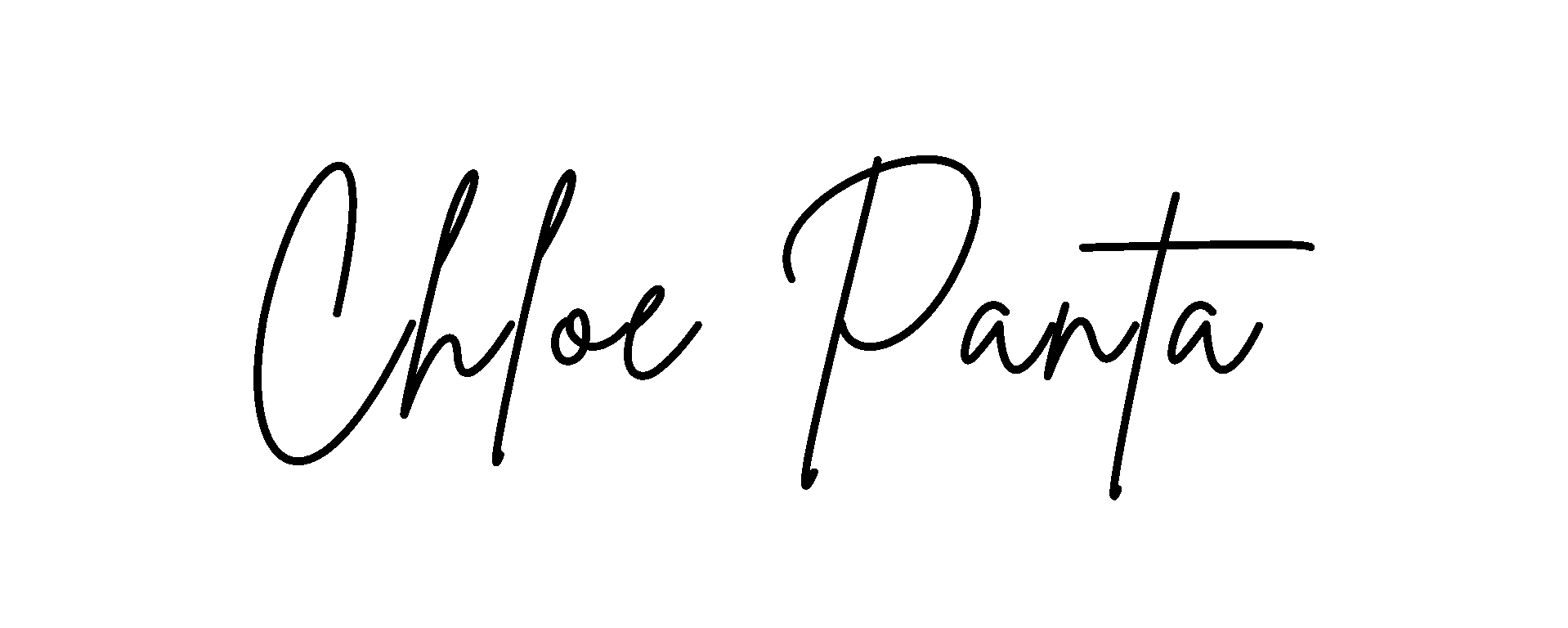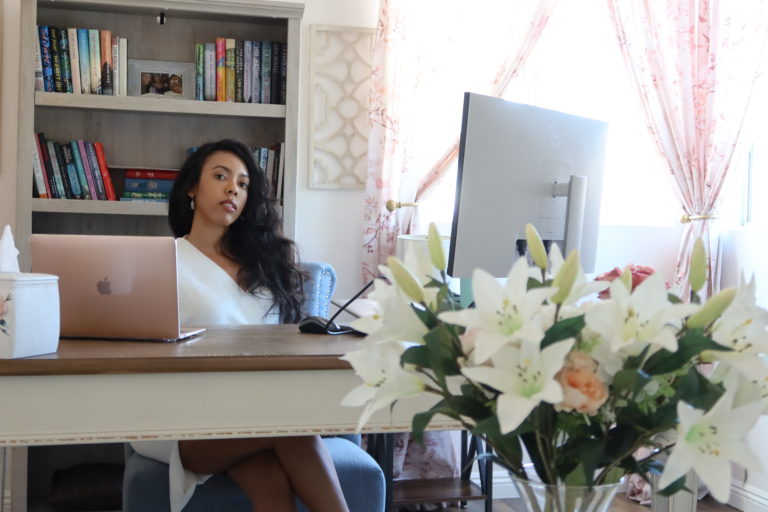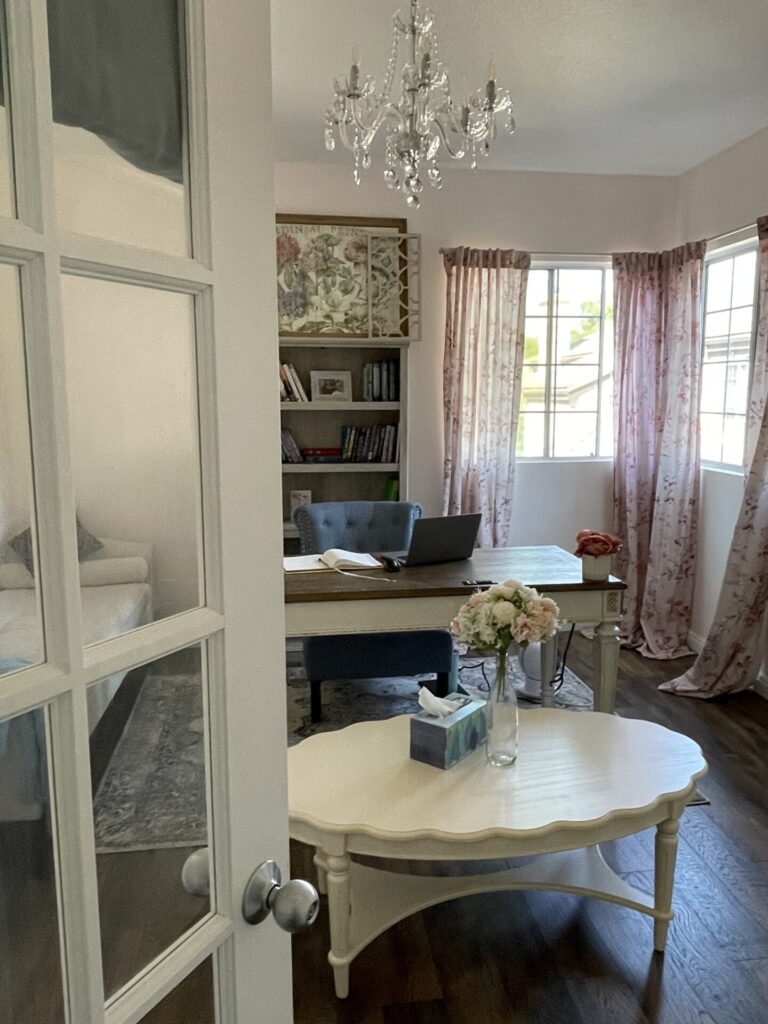A Day in My Writing Life
If there’s one thing I’ve learned over the years, it’s that no two writing days ever unfold exactly the same. But underneath all the unpredictability, there’s a rhythm I’ve built for myself, a rhythm that helps me show up to the page whether I feel ready or not.
I don’t believe in perfect routines. I believe in practices; small, steady anchors that tether me to my work even when the tide of life threatens to pull me away. And so, my “day in the life” isn’t a rigid schedule carved into stone. It’s more like a tide chart: a series of ebbs and flows, moments of creative surge and quiet retreat, each one carrying me closer to the stories and truths I want to share.
Morning: Waking the Creative Mind
My mornings begin slowly. I’m equally one of those writers who leaps out of bed at 5 a.m. with a burst of energy and ten thousand words already in mind, as well as one who can ease into the day. I hit the gym when I wake up and after I take my dog for a walk. When I’m home again, I usually have a glass of water followed by a cup of tea some hours later. I practice intermittent fasting most days and usually don’t eat my first meal until noon. I start my mornings by candlelight because the ritual of it feels grounding. There’s something about the glow of the flickering candle, the rising steam from my tea, the warmth between my palms, that signals to my body: it’s time to begin.
Before I open my laptop or even glance at my manuscript, I often journal. Nothing fancy, just a few pages where I let my thoughts spill out unfiltered. Sometimes it’s a list of dreams I had the night before. Sometimes it’s a tangle of emotions I need to sort before I can focus. And sometimes it’s just mundane observations: the way the light is slanting through the window, or how restless I feel after tossing and turning all night.
Journaling clears the static in my head. It’s like sweeping the floors before you invite guests over. Once the clutter is gone, I have space to welcome in the words that truly matter.
Settling Into the Work
By mid-morning, I usually feel the shift. The journaling is done, the coffee is cooling beside me, and I can feel the story calling. Some days it’s my fiction that pulls hardest. Amelia and Jack from Seastone Cove tapping at my shoulder, reminding me their love story isn’t finished. Other days, it’s the quieter, more reflective voice of my nonfiction work urging me to explore a new insight, a memory, or a lesson learned.
I try not to fight the current. If my creative energy is leaning toward romance, I honor that. If it’s leaning toward self-reflection, I go there. I’ve learned that forcing myself into one box when my heart wants another only leads to frustration. My best writing comes when I follow the natural tug of inspiration.
That said, I do give myself boundaries. I often work in timed blocks. An hour of focused writing, then a ten-minute stretch or walk. These breaks keep me from burning out, but they also trick my brain into staying engaged. Knowing I only have to “show up” for an hour makes the task feel lighter, less intimidating.
Midday: The Reality of Balance
By noon, real life usually barges in. Emails need answering, deadlines loom, or the house reminds me it’s not going to clean itself. Writing is my calling, but it’s also my career, and that means there are business aspects to attend to: marketing, connecting with readers, planning promotions, or working with editors.
This is the part of the day that requires the most balance. It’s tempting to get lost in the administrative tasks, because unlike writing, they don’t require me to wrestle with my inner critic. But I remind myself daily: the writing always comes first. Without the words, there is no book to edit, no story to market, no community to nurture.
So even on my busiest days, I protect a pocket of time just for the manuscript. It may not always be a grand, four-hour stretch. Sometimes it’s forty-five minutes squeezed between errands. But it matters. Those stolen moments accumulate, brick by brick, into finished books.
Afternoon: The Creative Dip
Like many writers, I find my energy dips in the afternoon. The morning sparkle has dulled, lunch makes me drowsy, and the world outside feels distracting. This is when I shift gears.
Instead of drafting, I edit. Editing uses a different part of my brain, it’s more analytical, less dreamy. Where morning writing feels like channeling, afternoon editing feels like chiseling. I cut, I polish, I rearrange. I’m less precious with the words at this time of day, which makes it easier to be ruthless where I need to be.
If I’m not editing, I research. For nonfiction, this might mean diving into articles, books, or my own past journals to deepen a theme I’m exploring. For fiction, it might mean studying details about Bainbridge Island or coastal Washington so the world of Seastone Cove remains vivid and real. This quieter, less high-energy work is perfect for afternoons.
Evening: Closing the Circle
Evenings are for reflection. I don’t like to end a writing day abruptly, it leaves me restless. Instead, I wind down with small rituals that close the creative circle.
I might jot down a sentence or two about where I want to begin tomorrow, so I don’t face the blank page cold. I might reread the last scene I wrote, just to hear the cadence of it in my head. Sometimes, if I’ve had a particularly fruitful day, I’ll step away from the screen entirely and let myself linger in the afterglow. Cooking dinner slowly, taking a walk, or watching the sunset while snippets of dialogue float through my mind.
What matters most is that I end with gratitude. Even on the hardest days — when I’ve deleted more words than I’ve kept, when the characters won’t cooperate, or when the essay feels clumsy, I remind myself that showing up is a victory. Every word written is a step closer, every messy draft a promise of what’s to come.
The Thread That Holds It Together
If you were to ask me the secret to my writing life, I wouldn’t point to a strict routine or a particular notebook or even a perfectly brewed cup of coffee. The secret is softer than that. It’s consistency, yes, but it’s also compassion.
Writing is both discipline and grace. It’s the act of sitting down, day after day, even when inspiration feels absent. And it’s also the art of forgiving yourself on the days you can’t.
A day in my writing life is rarely glamorous. It’s full of false starts, messy drafts, interruptions, and self-doubt. But it’s also full of discovery, beauty, and the quiet thrill of chasing words that might one day touch another soul.
That, to me, is the real magic, not just the finished books on the shelf, but the ordinary, imperfect, holy process of creating them one day at a time.



